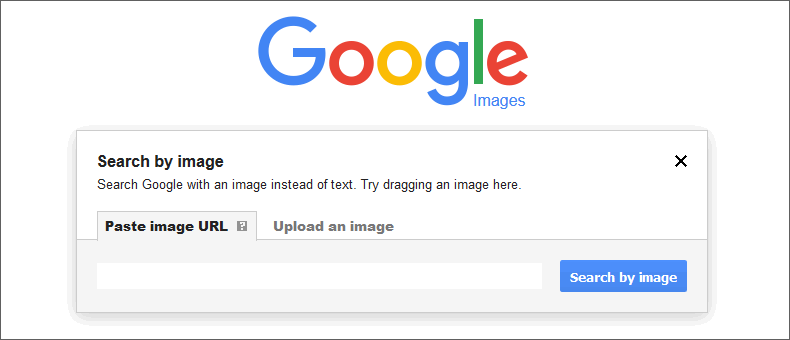
While it is free to use to start with, they offer enterprise/corporate offerings to automate image tracking and alert you if your image is used without authorization. You will have to upload the image or paste the image URL to get more information using TinEye. TinEye is one of the most valuable options that you can add to chrome for quick searches. But, if you are looking for something sensitive, you may want to go through their privacy policies before proceeding.

Note: Usually, the services do not store your data with a reverse image search. Let us take a look at some of the best reverse image search tools. Hence, a tool to find out about an image comes in handy for such a work. Image theft is common and is often impossible to prevent. I think one of the most valuable benefits of a reverse image search tool is to be able to identify if someone else is using your picture or artwork.

If you are curious about an image on your device, you can easily use some of the tools available for reverse image search and dig for more information about it.

Reverse Image Search is a technique to search for the source (or other sources) where a particular image originated. But for everyday use, you can easily take the aid of a reverse image search tool. If you are talking about high-profile legal copyright issues and other legwork, you will surely need the help of a professional. Can you independently try to search for its origin or verify if it is an original image? Or, do you need a professional to do that for you? Images you find on doing a Google search can be duplicated, stolen artwork, manipulated media, and so on. How do you verify their origin if you want to use some of them for your personal or commercial work? There are billions of images on the internet.


 0 kommentar(er)
0 kommentar(er)
